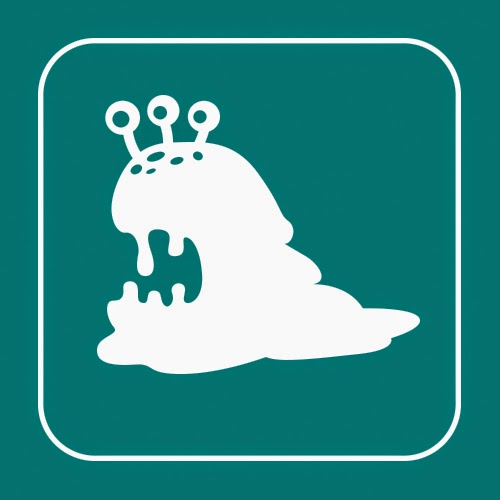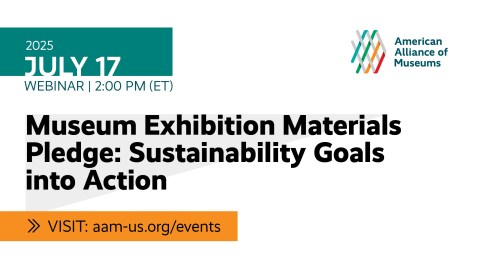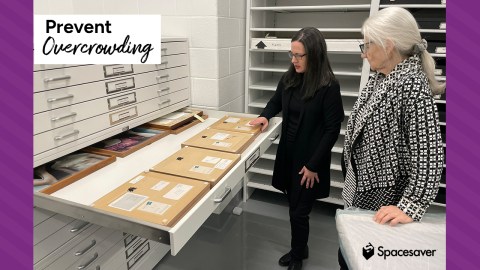
CFM is a “skunkworks” for the Alliance, as well as an idea lab for the field. Sometimes we test drive things that may (or may not) work to assess whether they are promising practices for the association as a whole. Case in point: our website. When we launched CFM it was the only AAM initiative to have its own website. Then when the association redesigned the whole site in 2012 it came back into the fold. Now we are branching out again to test the digital waters. Today Josh Morin, AAM’s project manager for information technology, talks about how we are incorporating trends in website design into our newest work.
 |
| Josh Morin guides many of the Alliance’s IT projects, including web design |
On January 19 the Center for the Future of Museums launched a new “micro” website dedicated to the intersecting futures of education and museums. A new standalone microsite is a very different approach for the Alliance. In the past this content would exist as a series of webpages and pdfs buried on the current website which would not do justice to the topic. Once AAM selected the future of education as a strategic focus, it was clear the topic required a larger presence. I recommended the project haves own dedicated space—its own site.
My inspiration was the Walker Art Center’s award winning website redesign. A beautifully constructed site, the real genius here is a departure from the traditional focus of “this website is all about our museum” to “a website about contemporary art and our museum.” This approach positions the site, and by extension the Walker, as the go-to source of up to date content about contemporary art regardless of whether or not the user intended to visit the museum. Crucially, it does not limit itself to content generated by museum staff: it pulls in and links to great stuff from across the web. The Walker’s director, Olga Viso, notedwhen they launched the new website, that it “provides us with a voice in other conversations about contemporary art.”
That’s the role of ournew site: to provide the Alliance, and museums in general, with a voice in the conversation about the future of education—specifically how P-12 learning can be different, and better, in the coming century. We want the site to be a “go to” source for anyone interested in this topic, so we will compile and link to blogs, tweet streams, web pages and reports from a variety of sources. The site isn’t about CFM, or the Alliance; it is dedicated to a cause: building the next era of learning.
We also used this opportunity to experiment with “microsites”, which are trending in web design. (AAM has also created a microsite dedicated to the annual meeting.) These targeted sites, which are separate from an organization’s main web site, can reduce clutter and focus attention to one main subject, product, or campaign. They provide the opportunity to play with a new look and feel that may in turn influence design of the main “brand.” We will use what we learn from this experiment to feedback into the design of our main web site, or prompt us to spin off more dedicated sites in the future.
Here are a few places I go/people to follow to keep up on website trends:
I am a huge fan of the A Book Apart series and would recommend giving them a follow on twitter @abookapart. They regularly post “A few of our faves” with link to must read resources.
DigitalGov @digital_gov creates and links to so many resources they are a must follow. In addition their content corner has some great material.
Nielsen Norman Grouphas been around for a while but are still producing great reports and ideas. You can follow them @nngroup.








